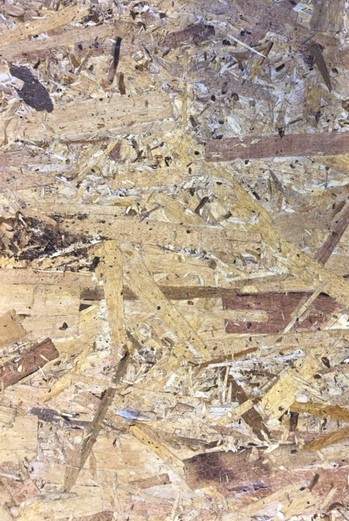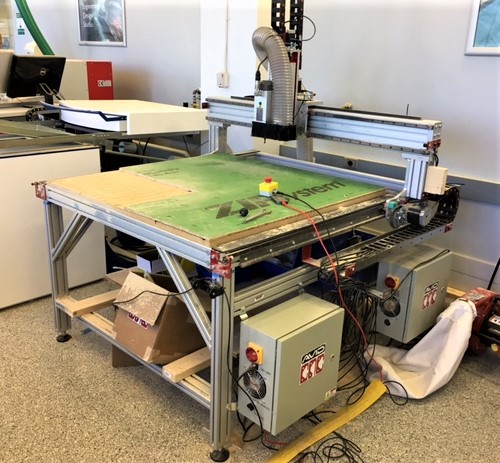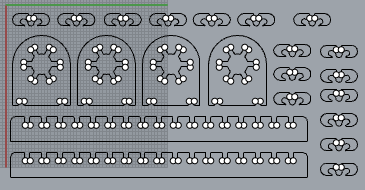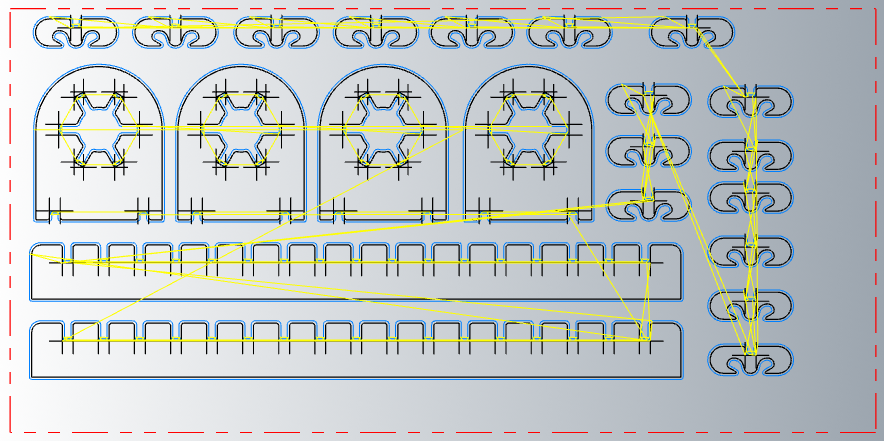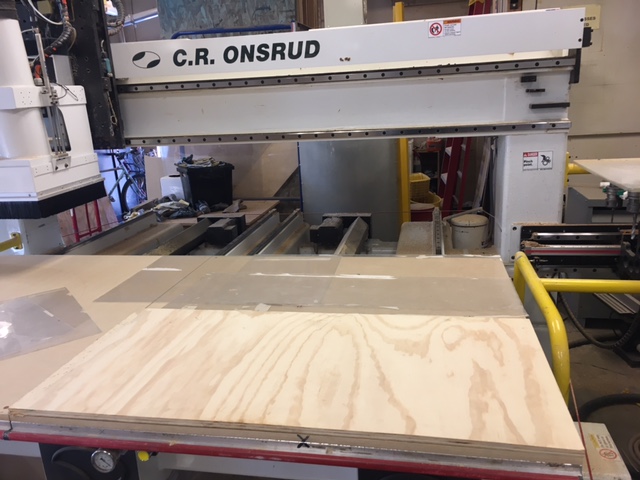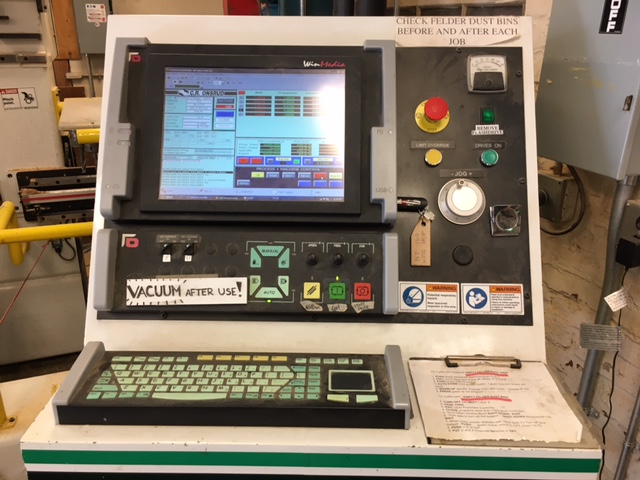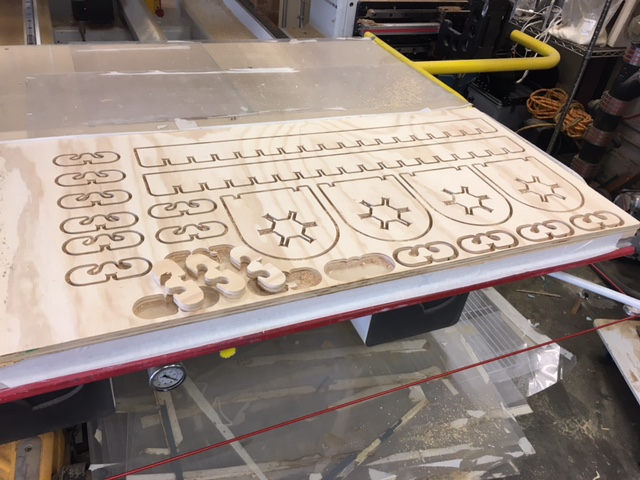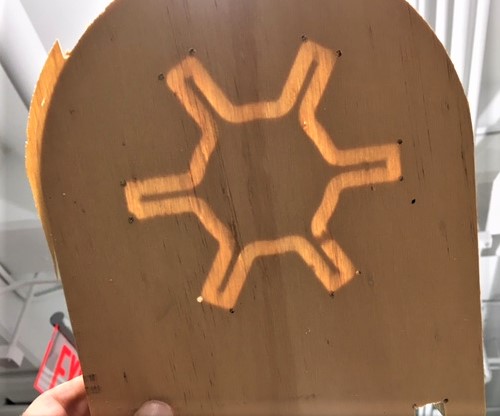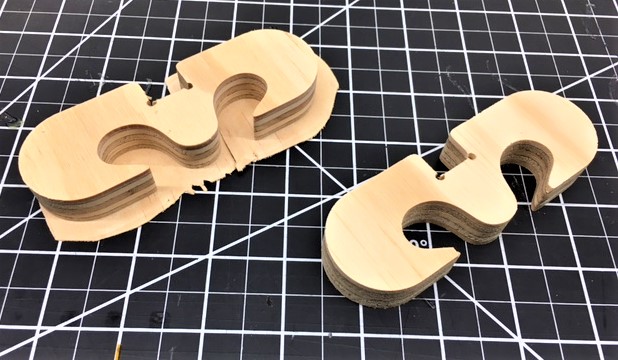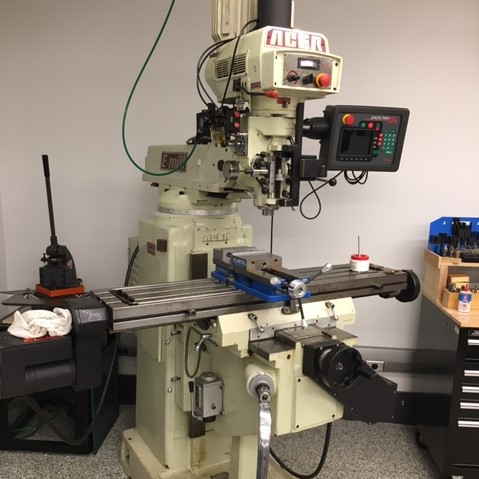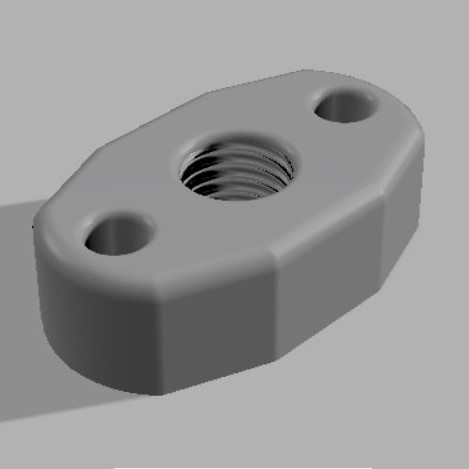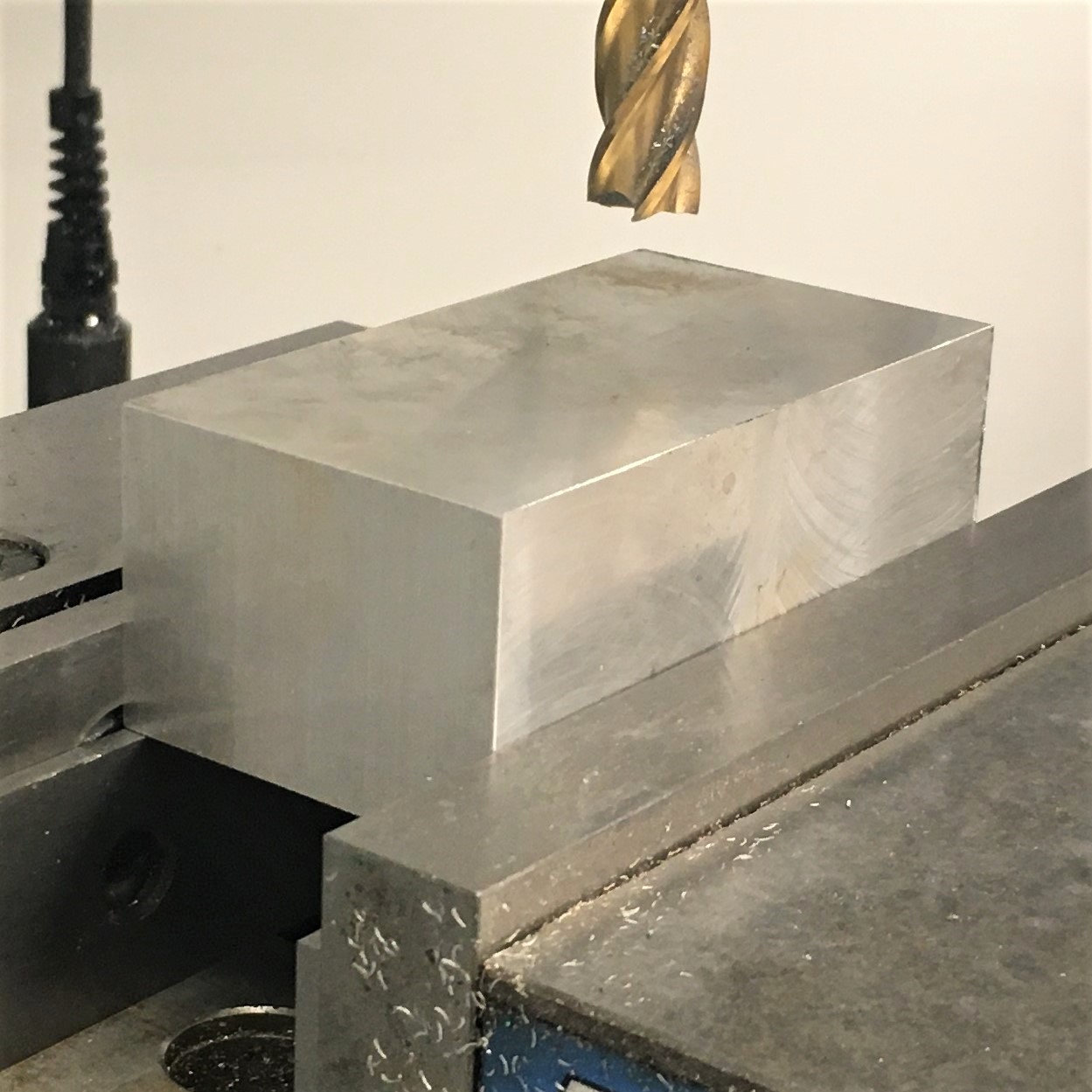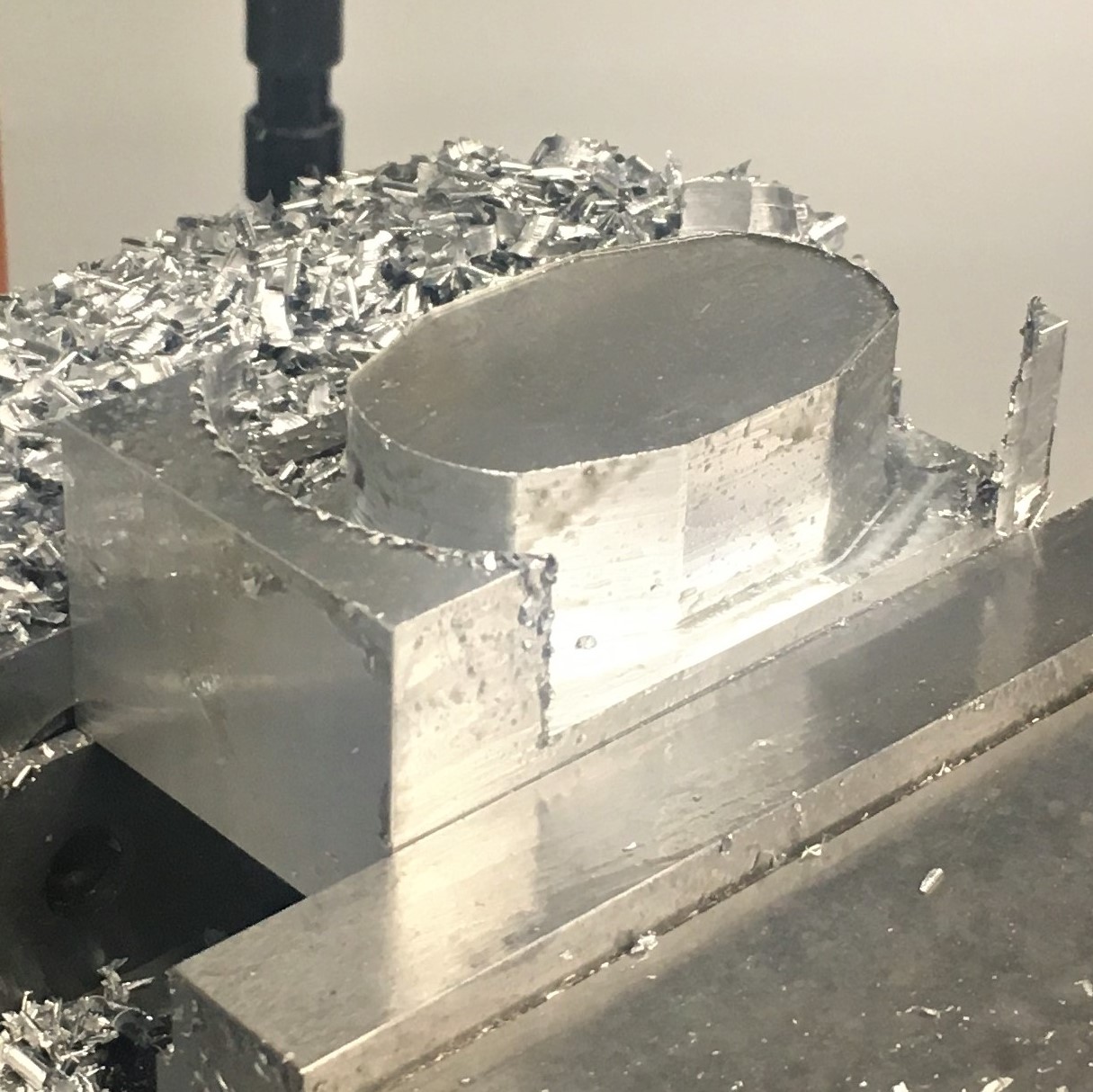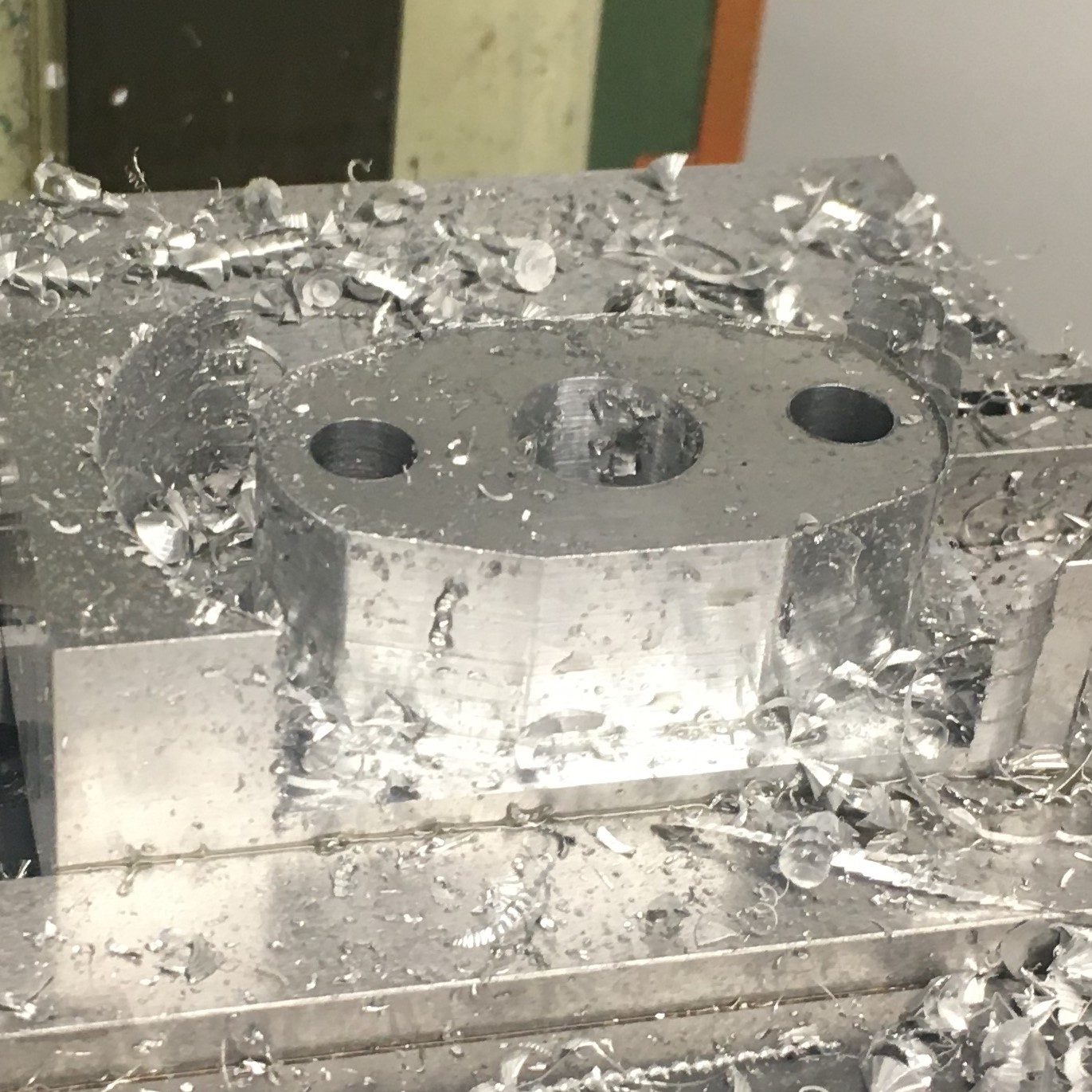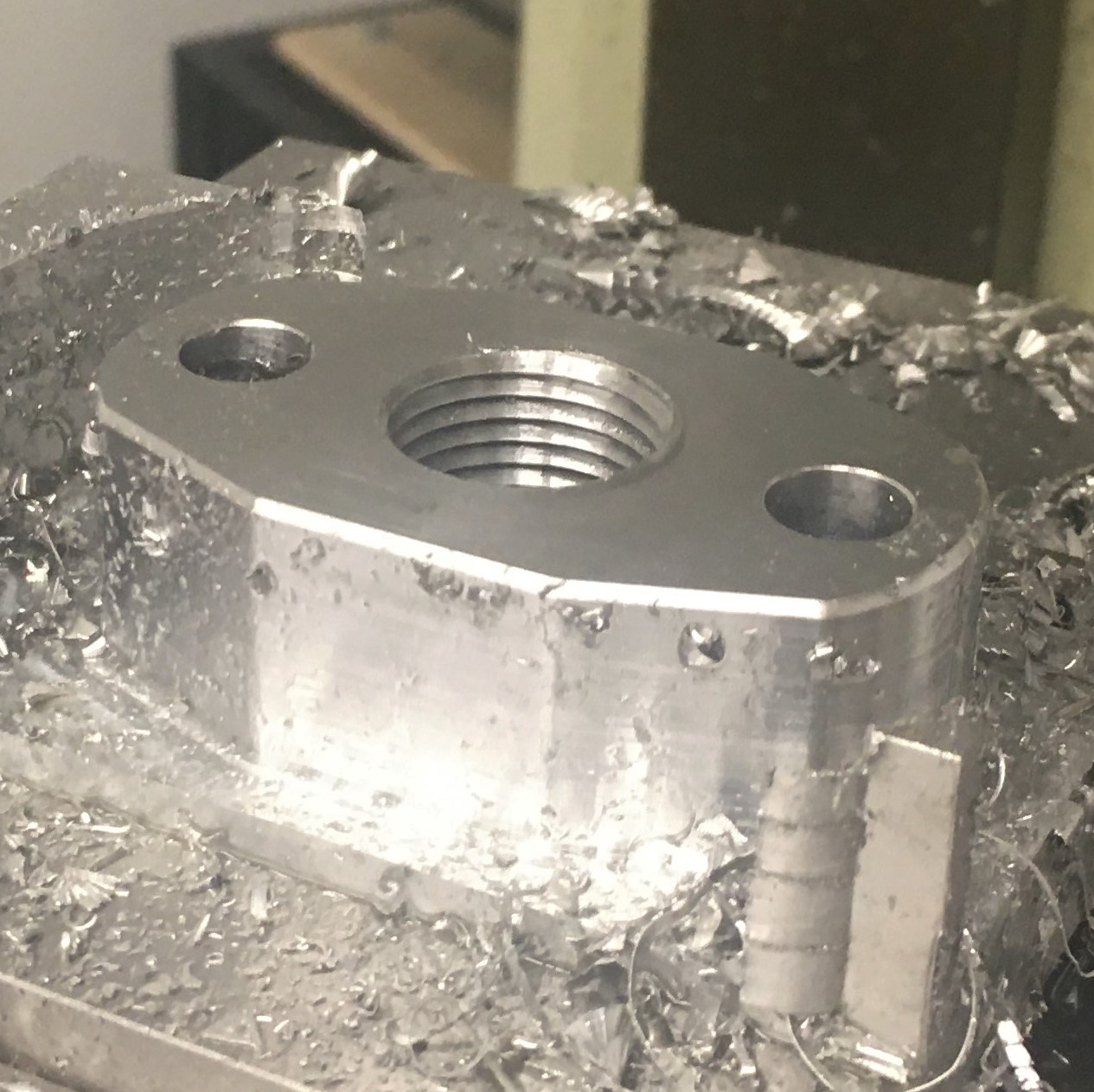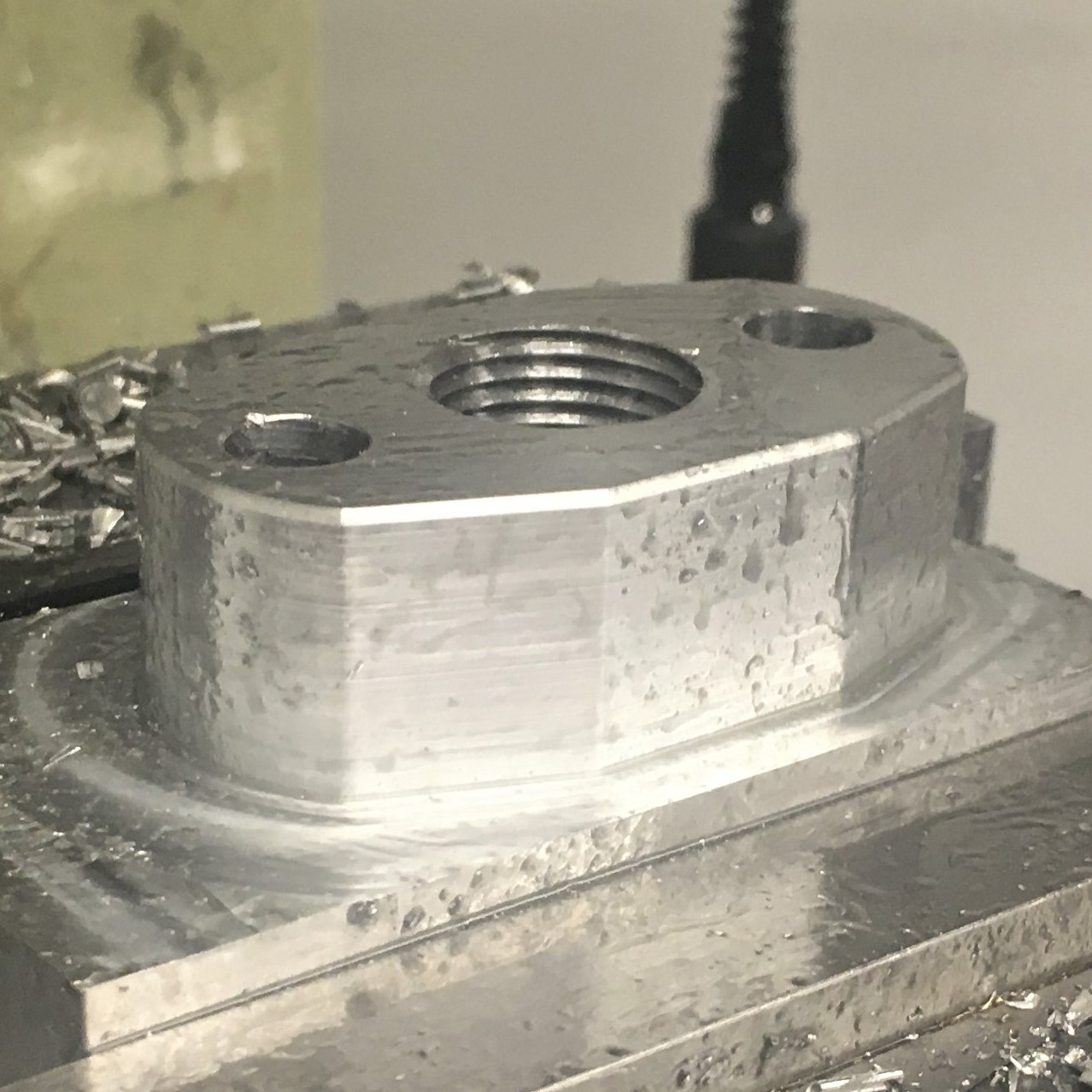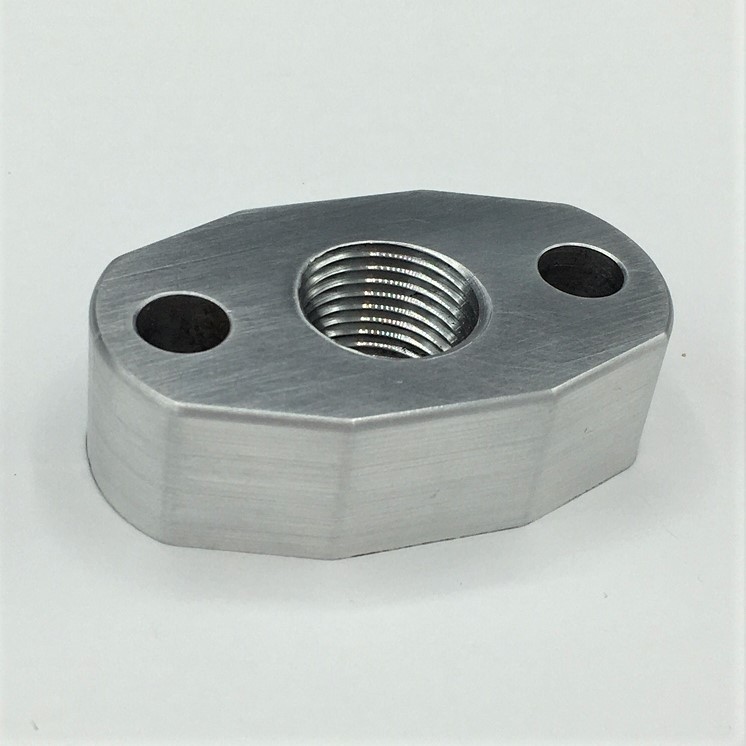6.1 Introduction
For this assignment we were provided up to 32 sqft of Oriented Strand Board (OSB) to fabricate something big. The OSB is composed of an inhomogeneous mixture of wood scrapes that are pressed together to form a plywood board commonly used in lumber construction. The sheets provided to the EECS section also contained a weather resistant coating on one side. For milling this material, the EECS shop has a 3-axis Avid ShopBot mill, which is capable of three-dimensional milling within a 4 ft by 4 ft by 1 ft volume. Due to the inhomogeneous nature of OSB it is not well suited for milling, so I decided to use a section of finished plywood that I had in my garage in hopes of achieving a better surface. The images below from left to right show the OSB provided, the Avid ShopBot, and the plywood I planned to use.
